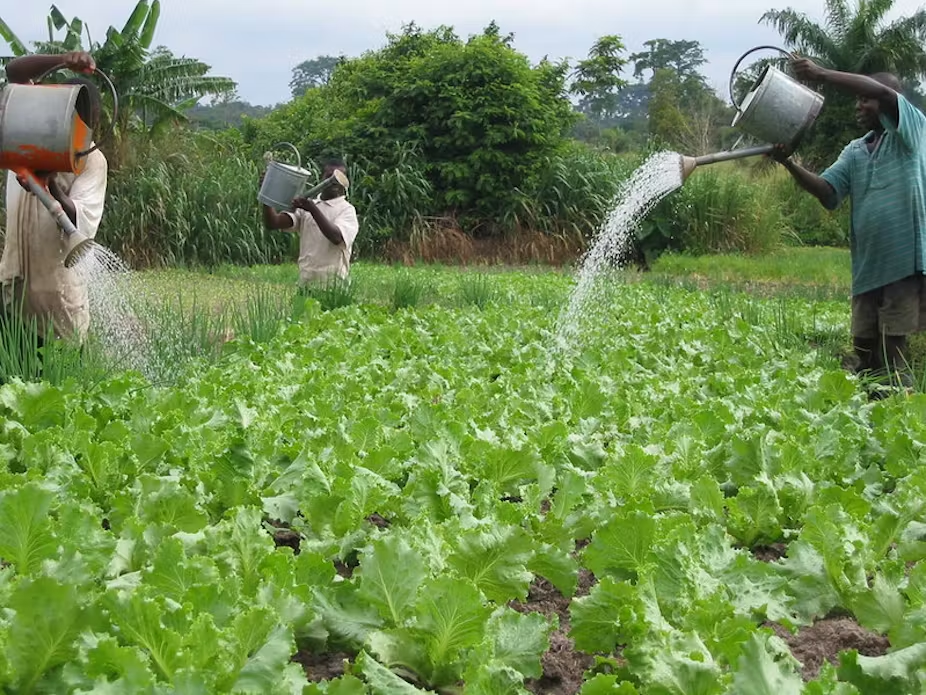Why Ghana Still Struggles to Grow Enough Tomatoes, And How to Fix It
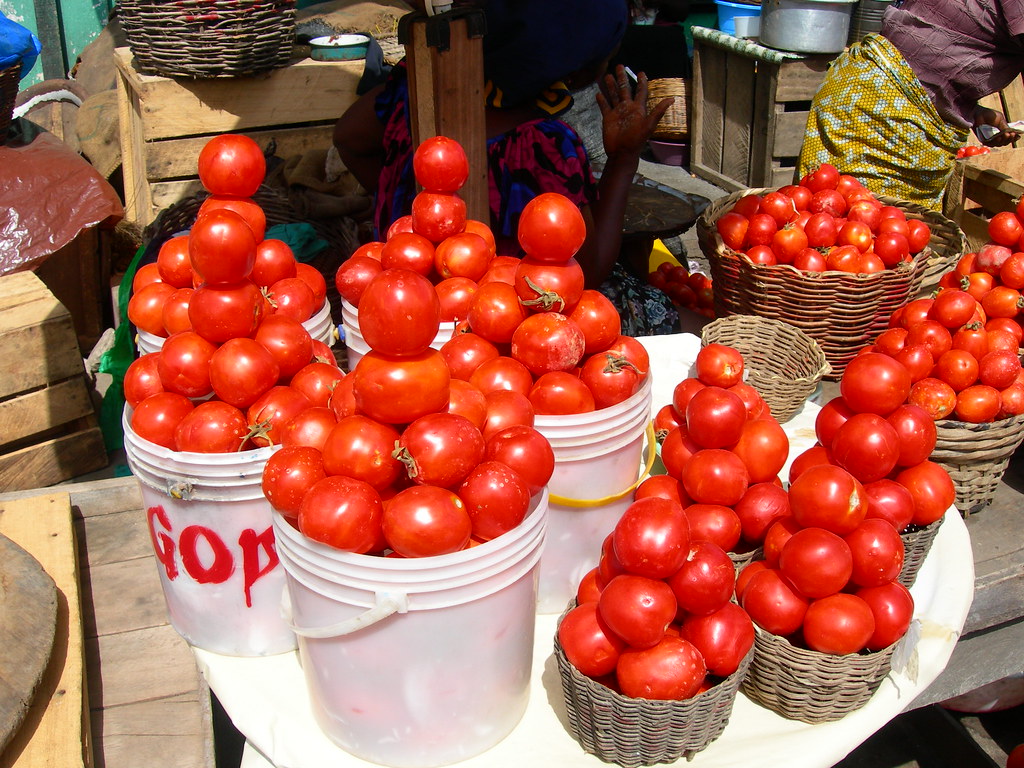
Tomato is a staple ingredient across Ghanaian cuisine, yet paradoxically, the country continues to import a significant proportion of its tomatoes, even though it has abundant sunshine, water, and fertile land. Neighbouring countries such as Burkina Faso (a net exporter) and Nigeria (a top 10 global producer) successfully grow tomatoes in large volumes. So why does Ghana still struggle?
The Illusion of Simplicity
At first glance, tomatoes seem like a straightforward crop: sun-loving, fast-growing, and highly profitable. Ghana’s diverse agroecological zones should offer ideal conditions. However, experience on the ground tells a different story. Tomatoes are extremely sensitive, and successful cultivation requires precision and discipline across all stages.
Climate Sensitivity
Tomatoes are particularly susceptible to:
- High night temperatures, which impair pollination and fruit set.
- Excessive daytime heat, which stresses the plant and stunts productivity.
- Diseases, particularly bacterial wilt, which can wipe out entire fields.
- Blossom-end rot, often caused by calcium deficiency or inconsistent watering.
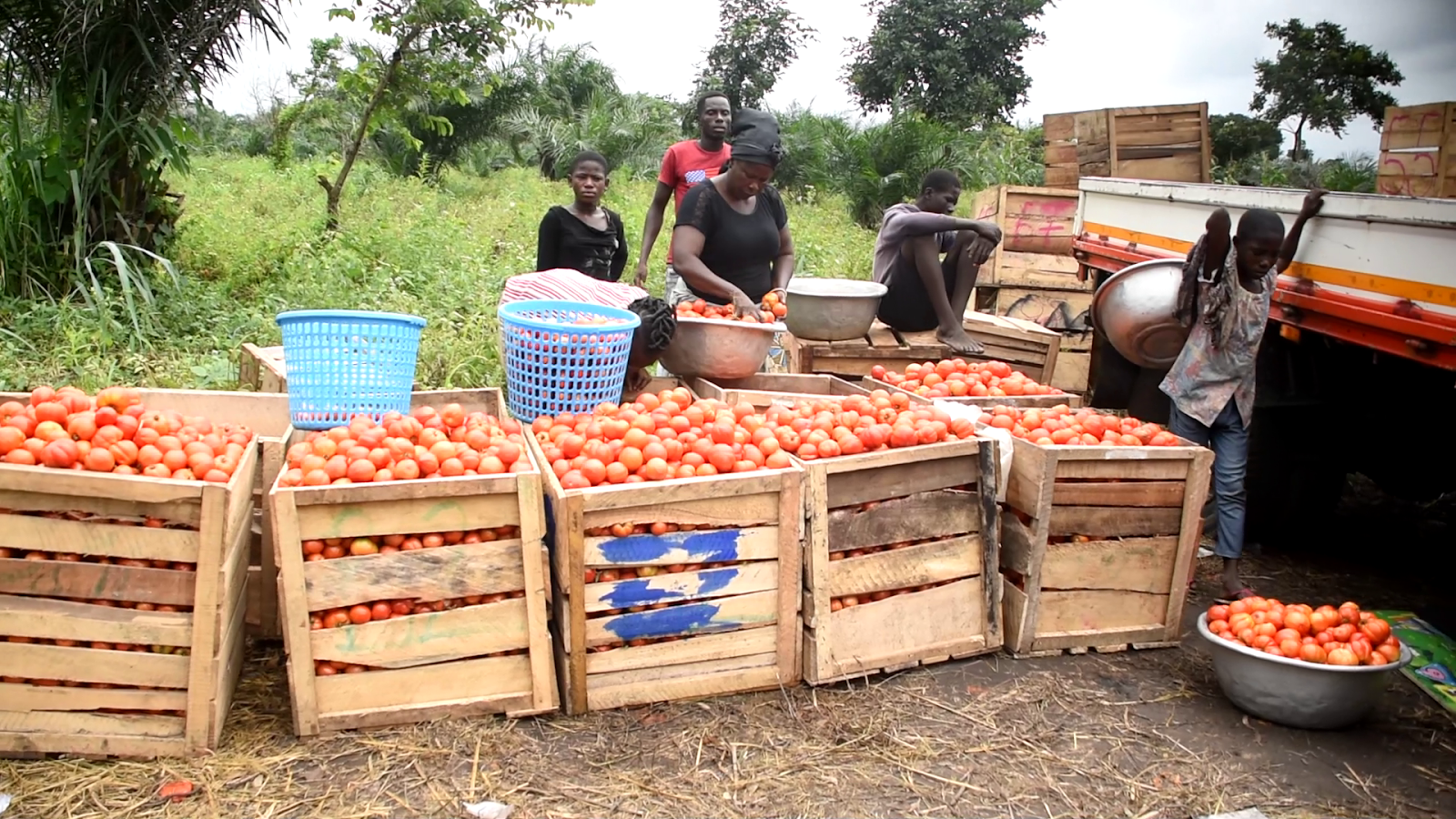
These challenges make open-field tomato farming risky in many parts of the country during certain times of the year.
What Is the Solution?
Despite these difficulties, Ghana has enormous potential to become self-sufficient in tomato production, especially if cultivation strategies are adapted to seasonal realities and local climates.
1. Seasonal Production Planning
From June to December, when night temperatures are cooler, open-field tomato cultivation in the southern belt can be highly successful , if best practices are followed:
- Nursery Management: Use quality potting soil enriched with Eco-T (Trichoderma) to protect seedlings from pathogens.
- Transplanting: Ensure healthy root development and consistent irrigation.
- Integrated Pest Management (IPM): Monitor and respond to pest pressure using biological and organic methods.
- Fertigation: Apply fertilisers through irrigation for better absorption and growth control.
With this approach, Ghana can cover 50–60% of national demand during these cooler months.
2. Dry Season Cultivation (January to May)
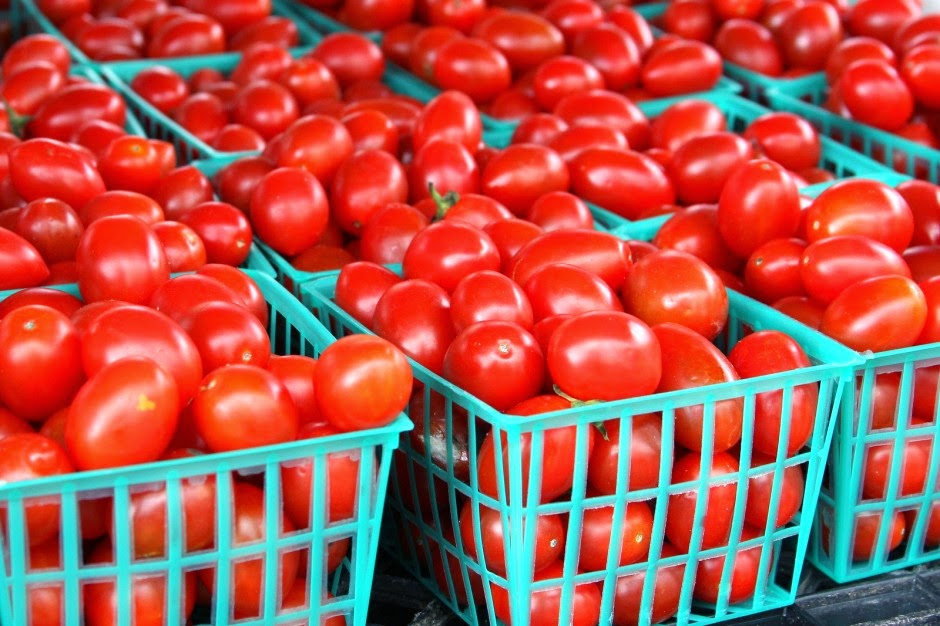
This is where Ghana must invest in controlled environments and strategic geography.
a. Greenhouses
- Greenhouses allow year-round production by controlling humidity, temperature, and disease pressure.
- They also provide better seedling germination rates and protection from extreme heat.
- Ideal for peri-urban areas where transport to market is easy.
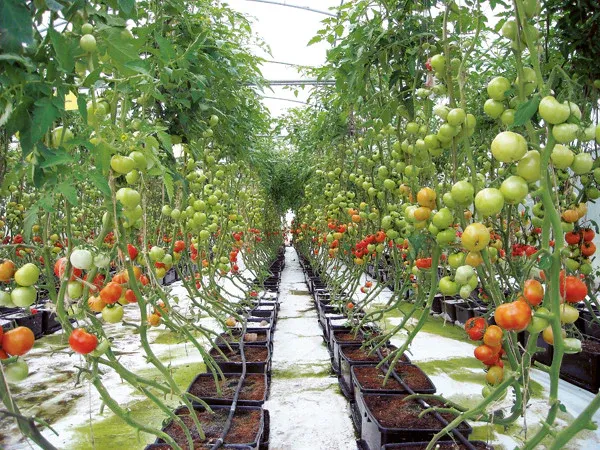
b. Higher Altitude Zones
- Regions with higher elevations (e.g., parts of Eastern or Ashanti regions) experience cooler nights, supporting pollination and fruiting during warmer months.
c. Northern Ghana Advantage
- The northern regions, particularly Upper East and Upper West, enjoy cooler nights and lower disease pressure during the dry season.
- With well-managed borehole irrigation systems, these areas are ideal for dry-season open-field production.
- Strategic investment in aggregation and cold chain infrastructure can turn this into a major supply zone.
3. The Role of the Right Seeds
Selecting the correct seed varieties is non-negotiable. Using varieties that match the environment ensures:
- Better germination and pollination
- Resistance to local pests and diseases
- Higher yield and marketable fruits
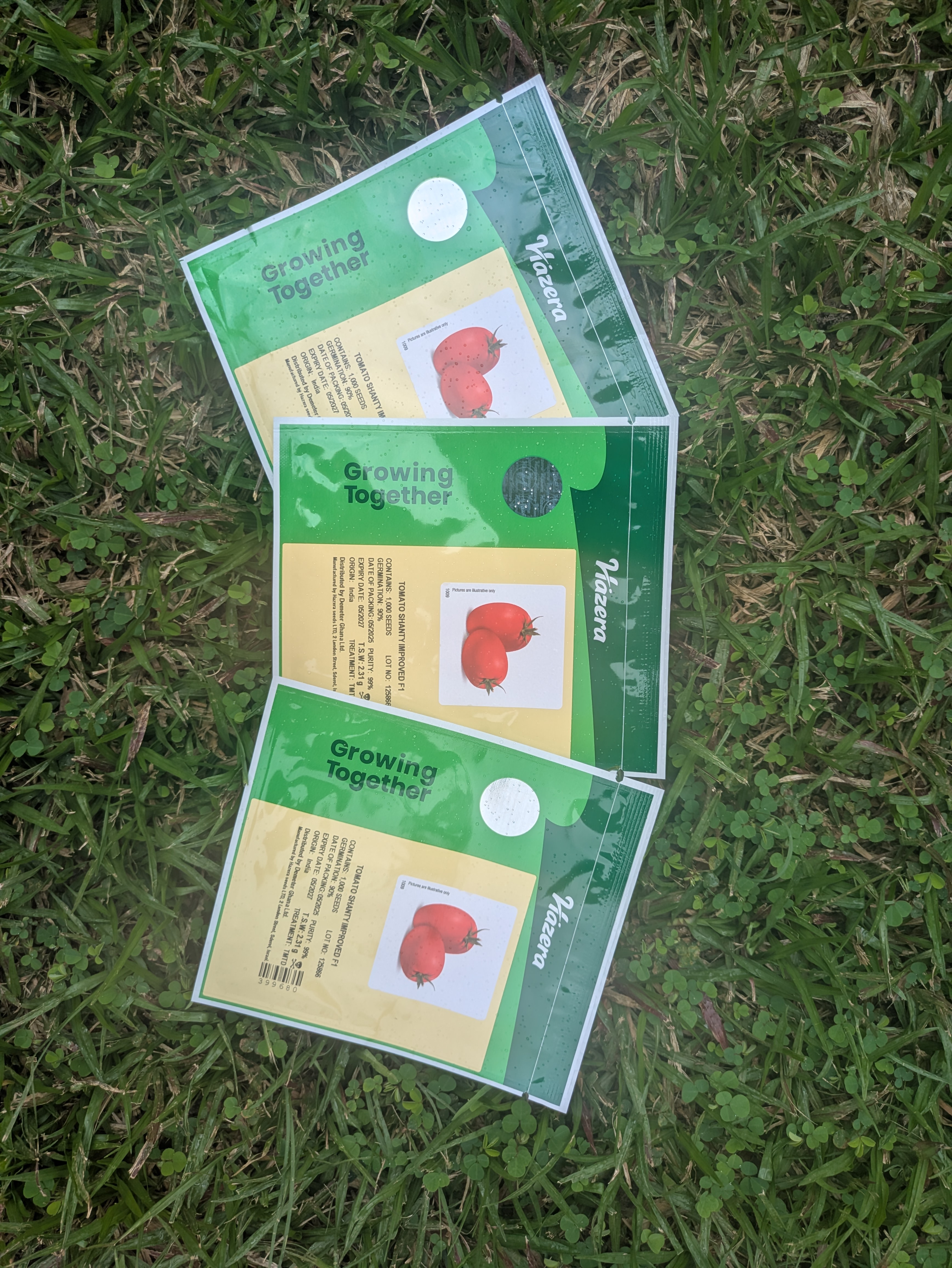
Recommended Tomato Varieties by Environment:

Final Thoughts
Tomato farming in Ghana can be a game-changer for food security, youth employment, and import substitution. But it requires shifting from the idea of tomatoes as an “easy crop” to a high-value, high-maintenance crop.
By:
- Aligning production with seasonal windows
- Using climate-adapted varieties
- Investing in greenhouses and northern production
- Training farmers in IPM and fertigation
Ghana can realistically target full tomato self-sufficiency within a few years.
As a part of our vision of “Helping Ghana Grow”, we’re working hands-on with farmers to make this vision a reality and further improve the tomato production industry in Ghana and further improve our food security as a nation.
Visit our website at www.demeterghana.com and follow us on our social media platforms at LinkedIn: Demeter Ghana Ltd | YouTube: Demeter Ghana Limited | Facebook: Demeter Ghana Limited | Instagram: @demeter_ghana , and discover modern and effective agricultural products and solutions.



